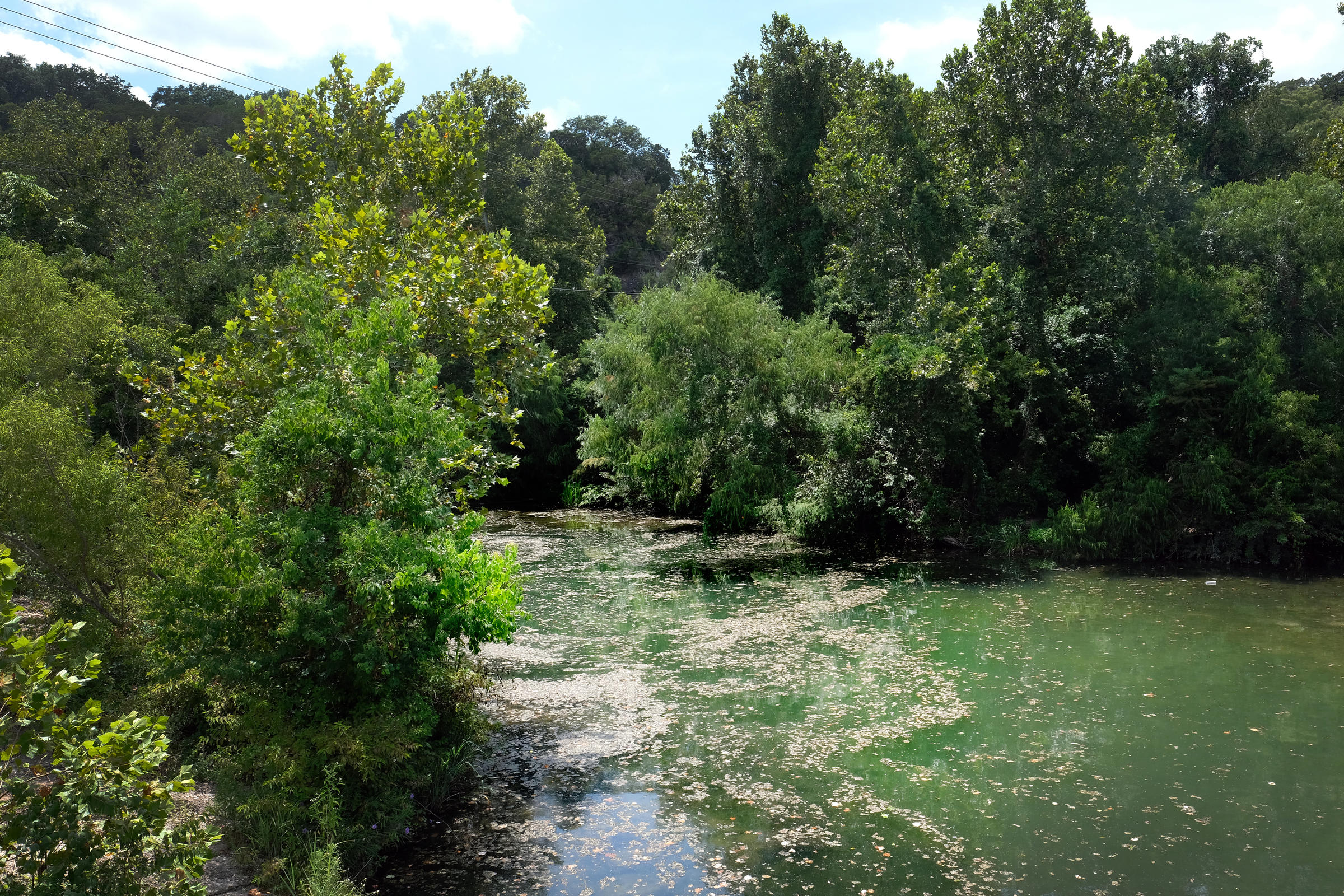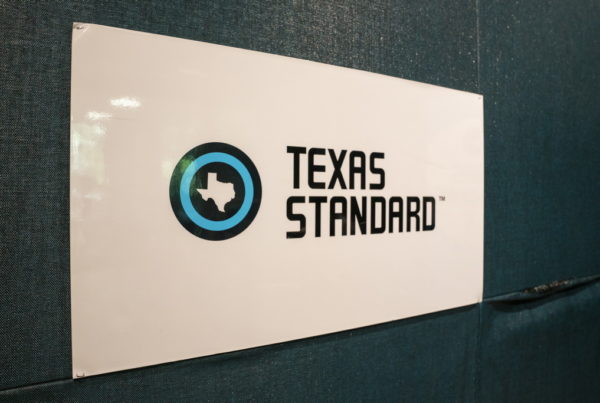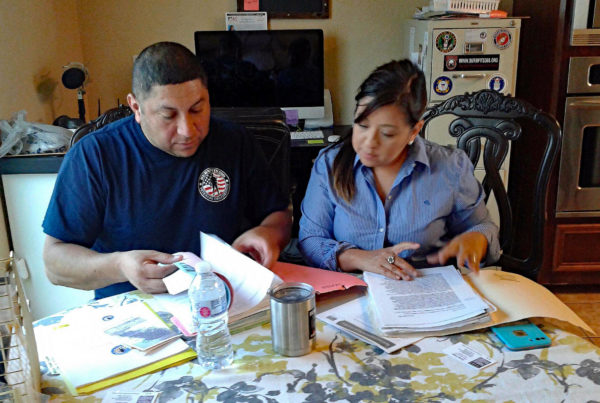While blue-green algae is common in waterways around the world, when it blooms, it can release a deadly neurotoxin. That’s what officials think killed dogs that swam in Austin’s Lady Bird Lake this summer.
Amal Ahmed, an editorial fellow at the Texas Observer, says blue-green algae blooms could become more common in Texas waterways because of climate change.
“Algae itself is pretty common,” Ahmed says. “What’s less common is these toxic blooms that tend to occur when it’s a really hot summer and it’s been raining a lot in the spring, and when the droughts set in [in] the summer, the water sort of stagnates. That creates the perfect combination for these toxic blooms.”
Ahmed says another factor that could be causing more algae blooms is runoff from construction projects, including in downtown Austin.
“As cities expand, there is more concrete, and that always leads to more runoff into our waterways,” she says.
What you’ll hear in this segment:
– How urban expansion contributes to blue-green algae blooms
– How the changing climate could affect Texas waterways in the future
– What municipalities and individuals can do to prevent the spread of blue-green algae
Written by Antonio Cueto.














